Vet Services
Remote companion animal populations require access to veterinary services. Without access to regular vet services, animal health and welfare deteriorate. In turn, animal population management issues that impact on community health, safety and wellbeing, increase. AMRRIC works to mitigate geographic and socio-economic barriers, and assist remote communities to access vital veterinary services.
Vet Services
Remote companion animal populations require access to veterinary services. Without access to regular vet services, animal health and welfare deteriorate. In turn, animal population management issues that impact on community health, safety and wellbeing, increase. AMRRIC works to mitigate geographic and socio-economic barriers, and assist remote communities to access vital veterinary services.
AMRRIC’s One Health One Wellbeing focused vet services aim to:
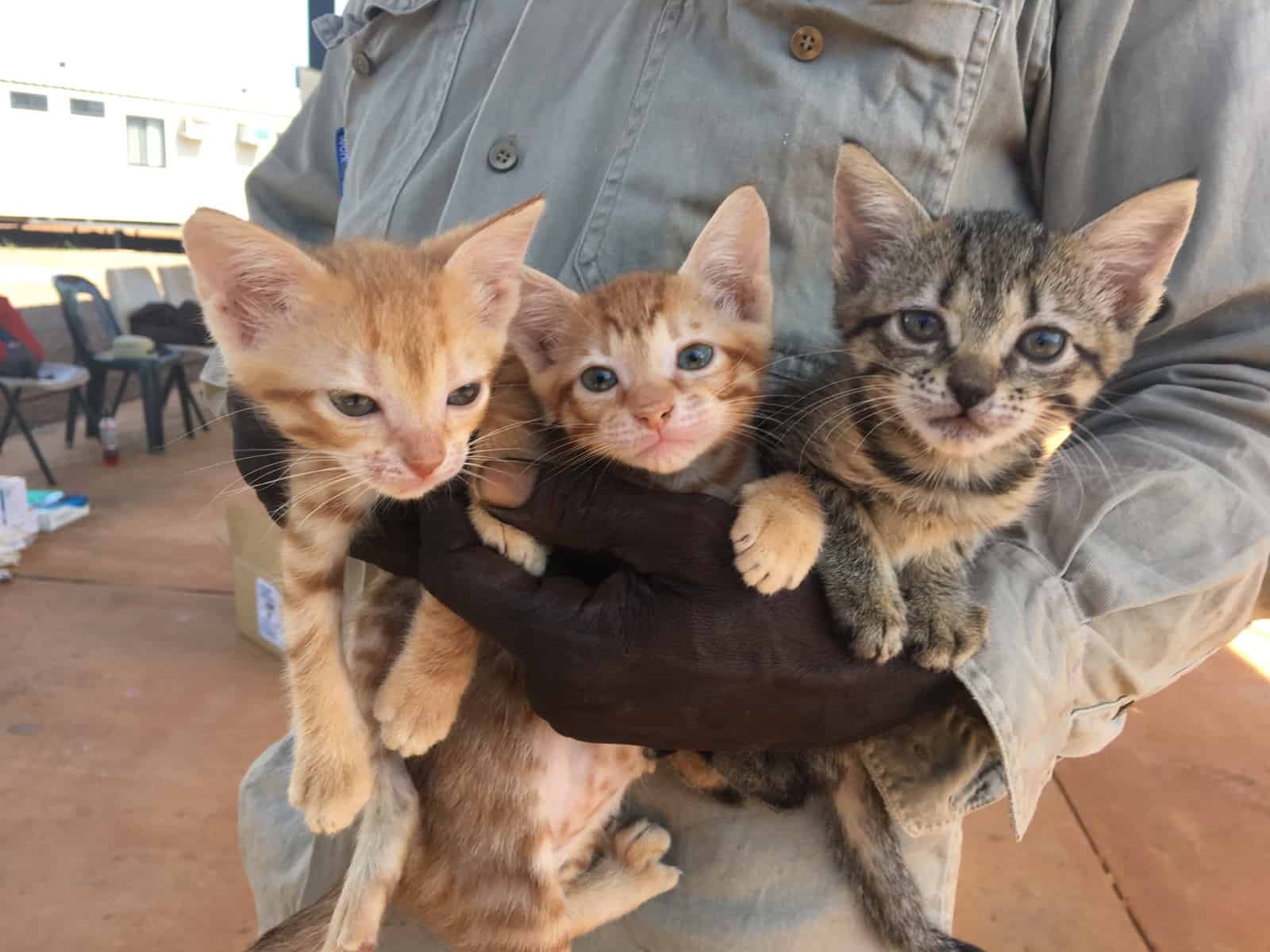
Achieve stable dog and cat populations through culturally appropriate, respectful and humane population management strategies.
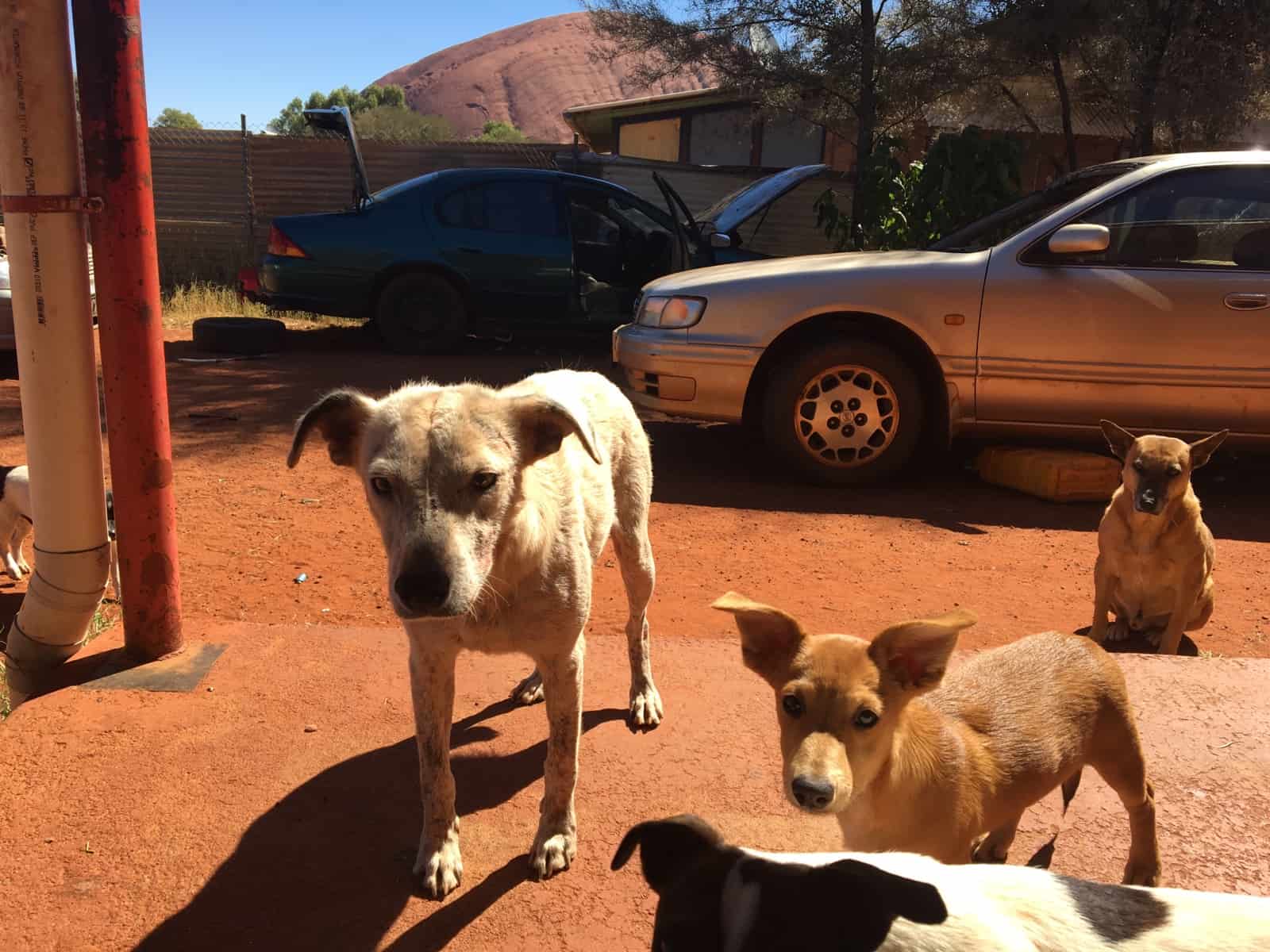
Improve companion animal health and welfare.
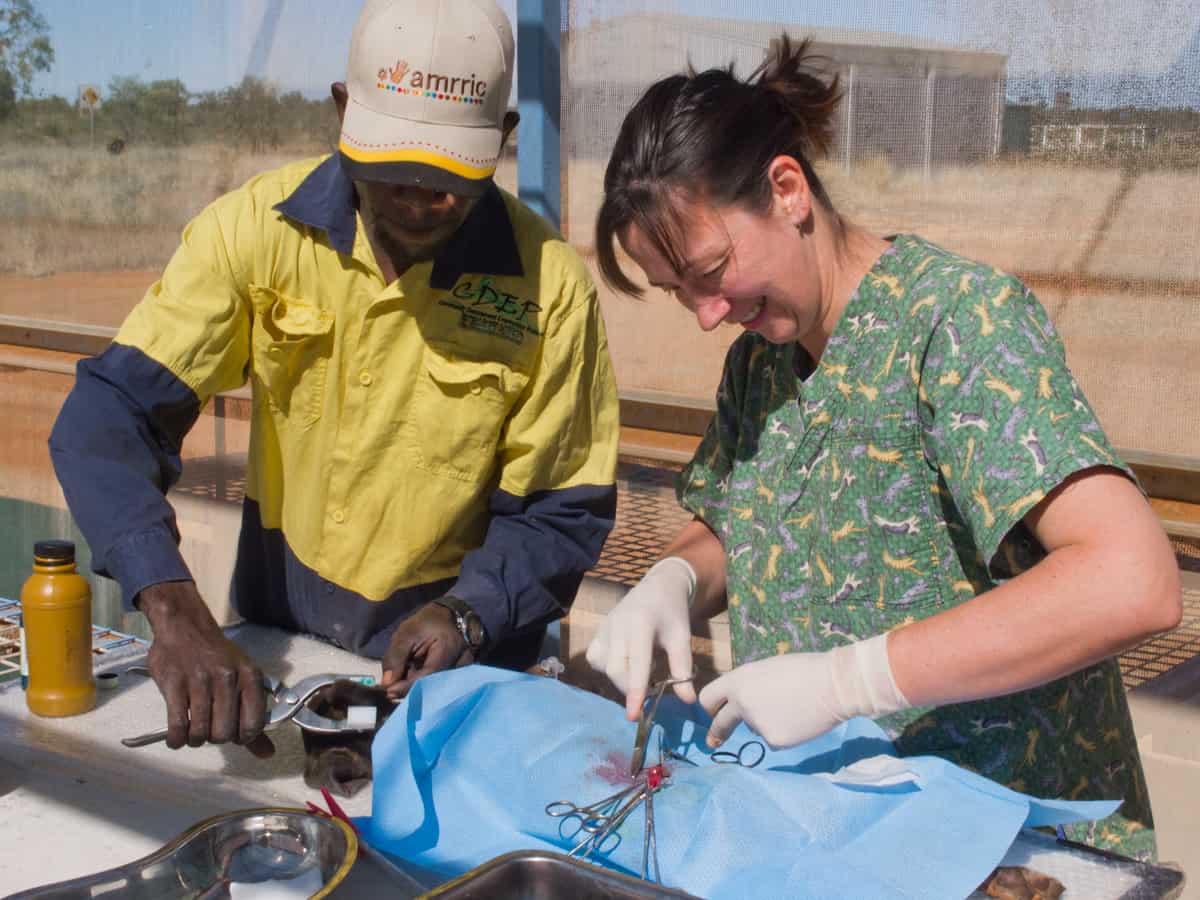
Reduce the risks of zoonotic disease transmission (i.e. those diseases that can be transferred between animals and people).
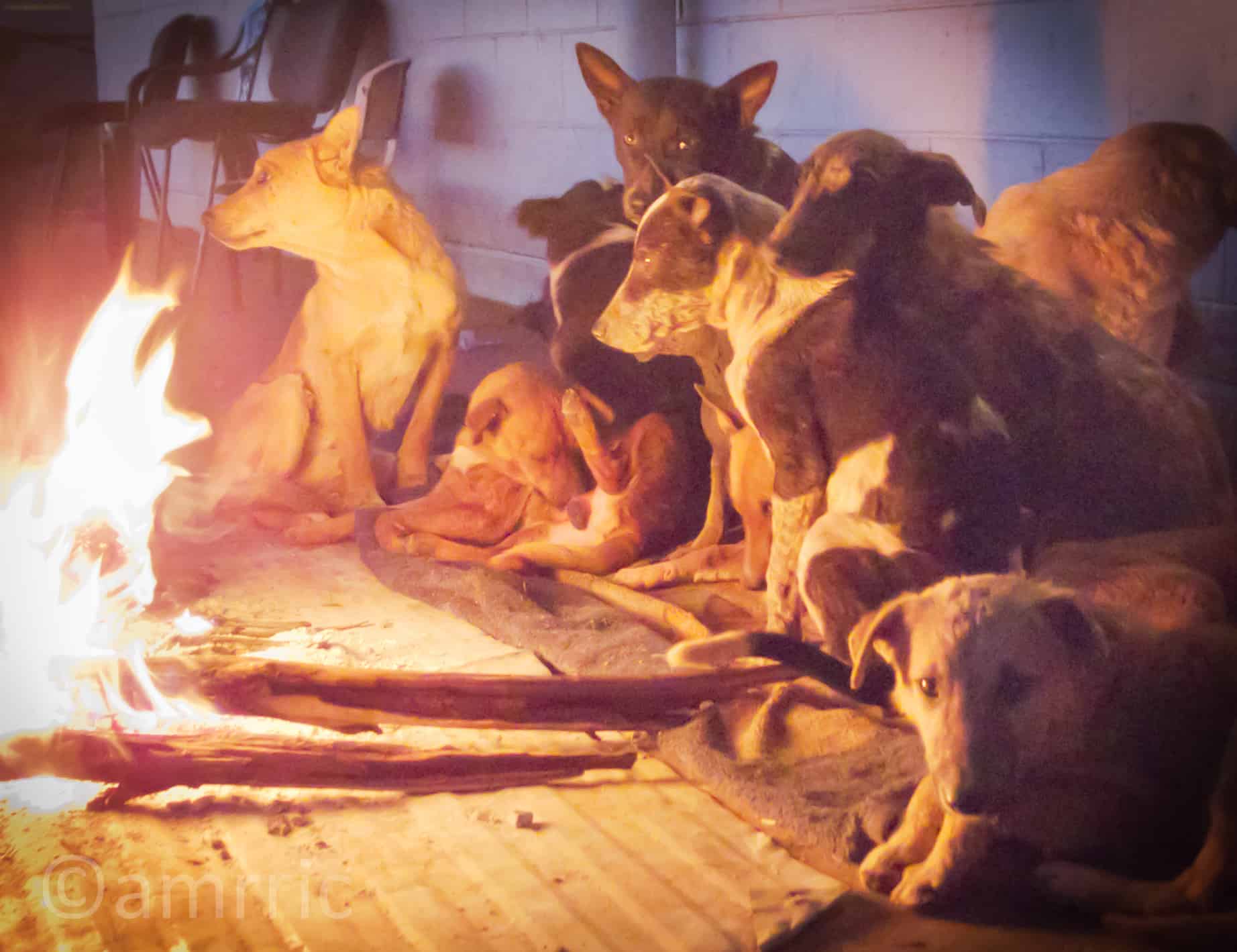
Reduce the nuisance and threats associated with large, uncontrolled dog and cat populations, increasing community safety and lifestyle options.
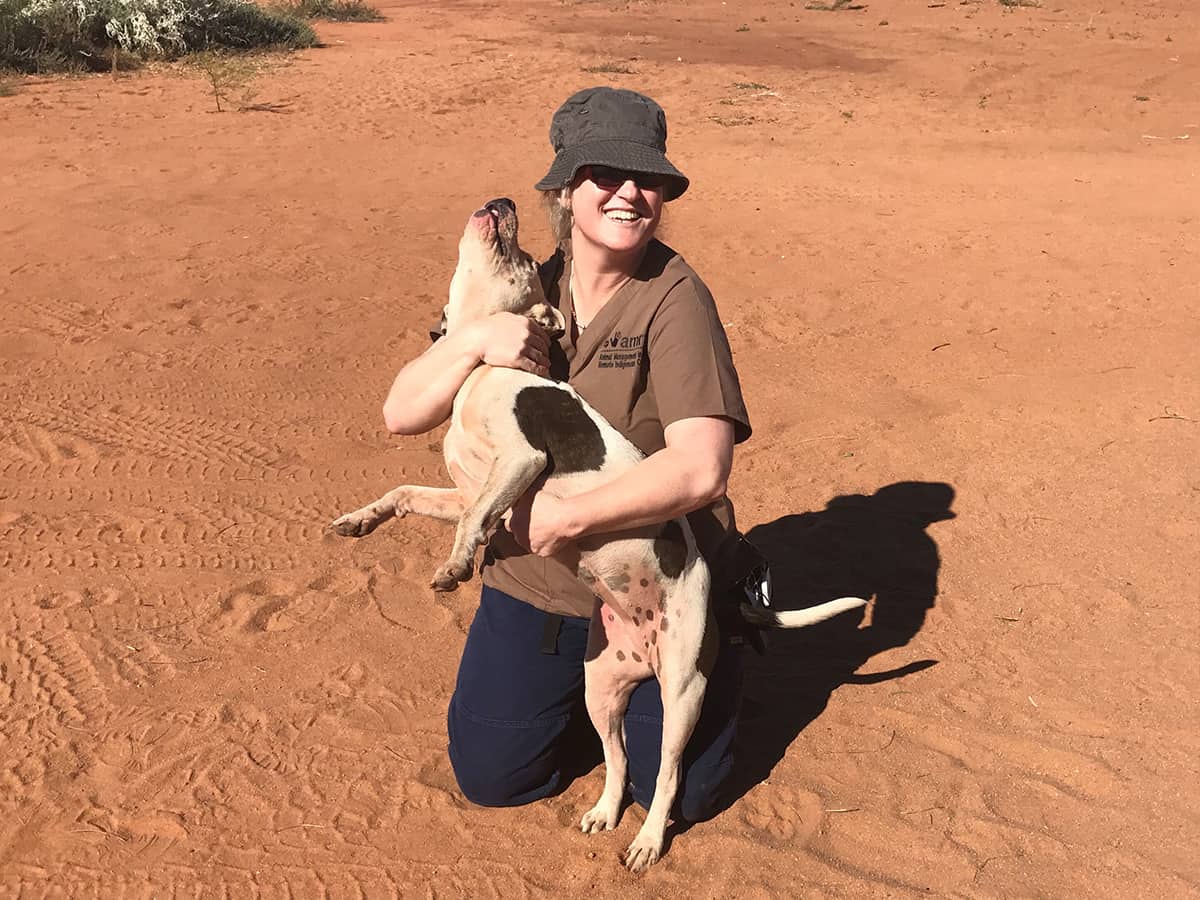
Improve the human-animal bond.
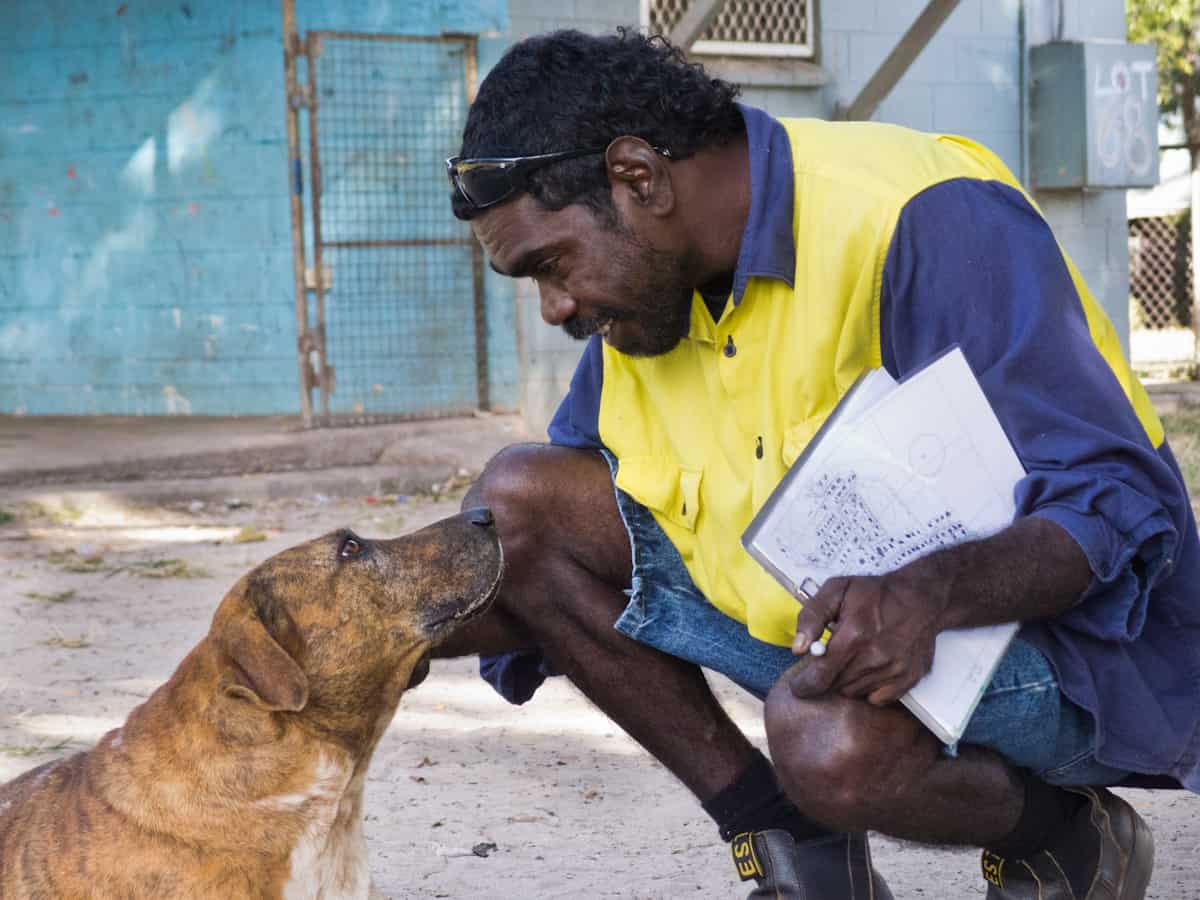
Empower community members by having the wherewithal to make decisions about appropriately managing their pets’ health and wellbeing.
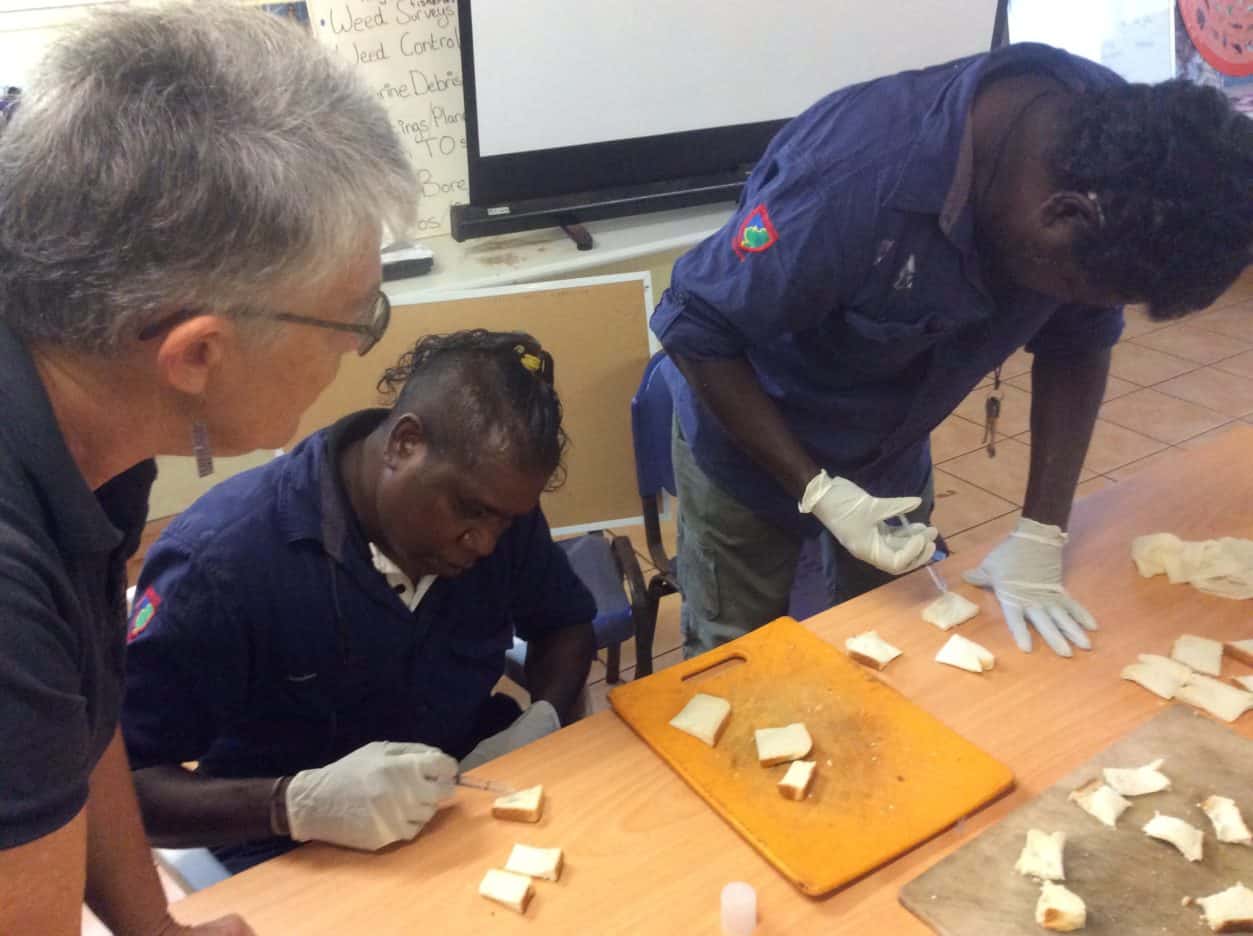
Grow the trust and build relationships between communities and their veterinary service provider through consistent and effective community engagement.
Our experienced veterinary partners abide by AMRRIC’s values to deliver comprehensive, high quality and culturally appropriate services. All AMRRIC Partner Veterinarians appreciate that logistics and resources are sometimes challenged when working remotely. To combat this, they employ flexibility and lateral thinking to negotiate such challenges. They ensure that communities receive high quality care that meets veterinary industry standards.
AMRRIC Partner Veterinarians proactively support and encourage community member involvement with veterinary service delivery. We recognise that local knowledge and capacity is essential to improving animal health and welfare between veterinary visits. This in turn promotes trust and further enhances outcomes.
AMRRIC does not support culling as a population management strategy. Mass-culling programs have been shown to be ineffective, cause significant community trauma and destroy trust. Informed consent from each animal’s owner is a mandatory prerequisite for all AMRRIC-associated veterinary programs.
AMRRIC’s Veterinary Partners deliver services focusing on humane companion animal population management, anti-parasite treatments to mitigate zoonotic disease risks and treatment of animal injury and illness.
Companion Animal Population Management
AMRRIC promotes and utilises surgical desexing as its primary tool in achieving humane companion animal population management. Surgical desexing of dogs and cats has many benefits both for the individual animal and the community. Surgically desexed dogs and cats permanently stop reproducing. This means there won’t be any unwanted puppies or kittens, giving people a choice in the number of animals that they choose to own.
Desexed dogs and cats live longer, healthier lives, allowing their owners to develop longer-lasting, more meaningful relationships with each animal. Desexed animals are less likely to;
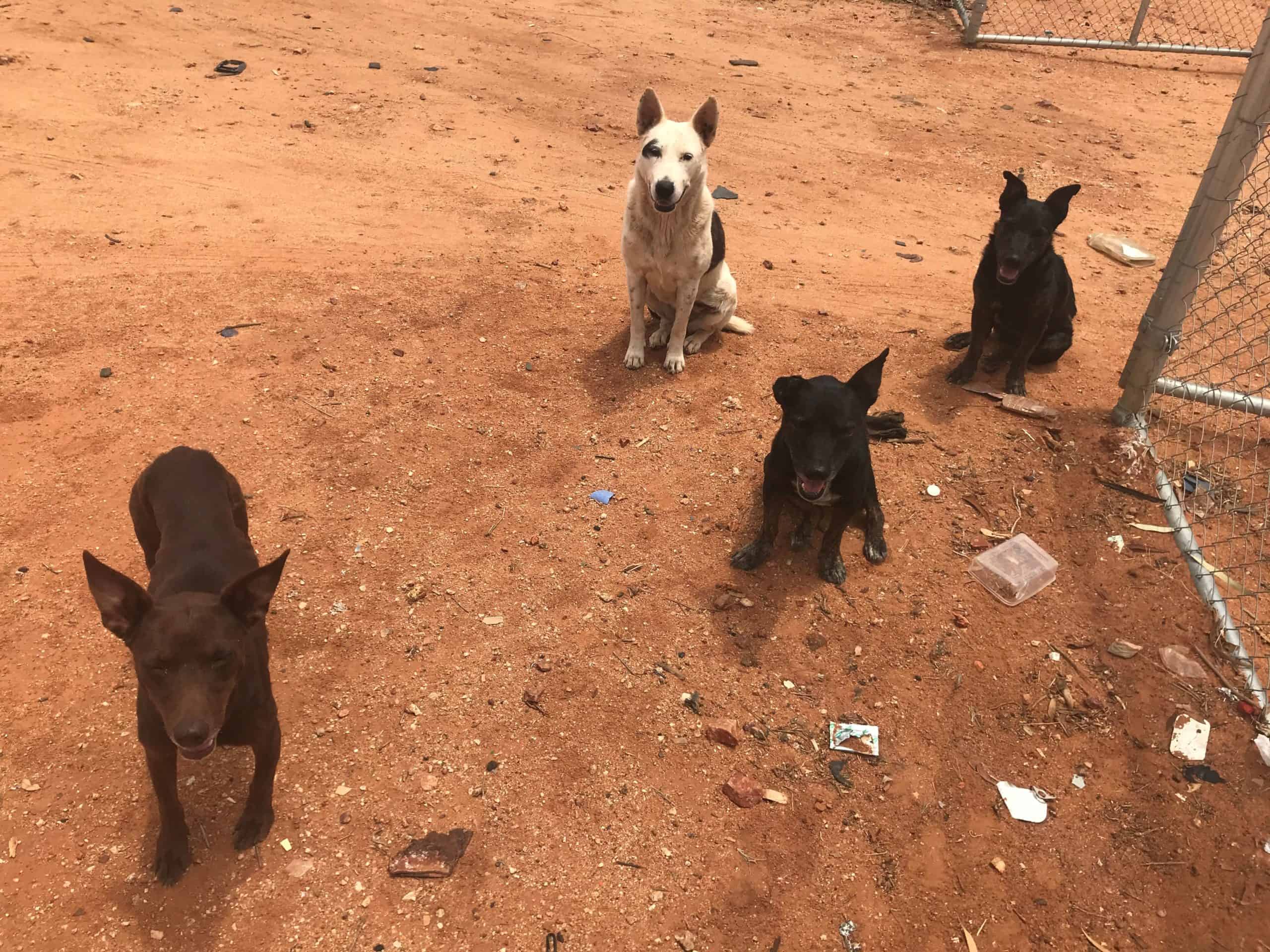
Wander and fight.
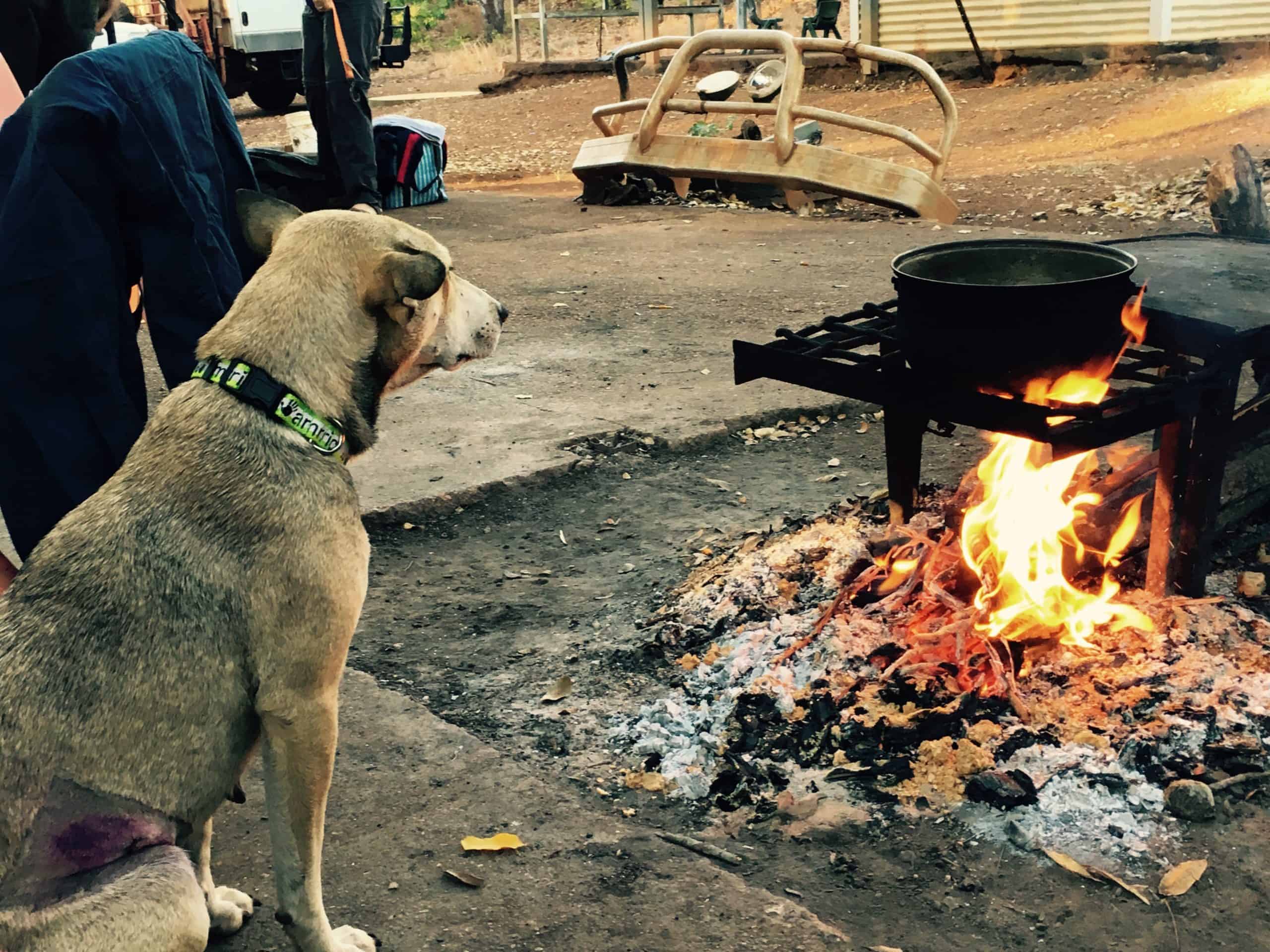
Cause a nuisance.
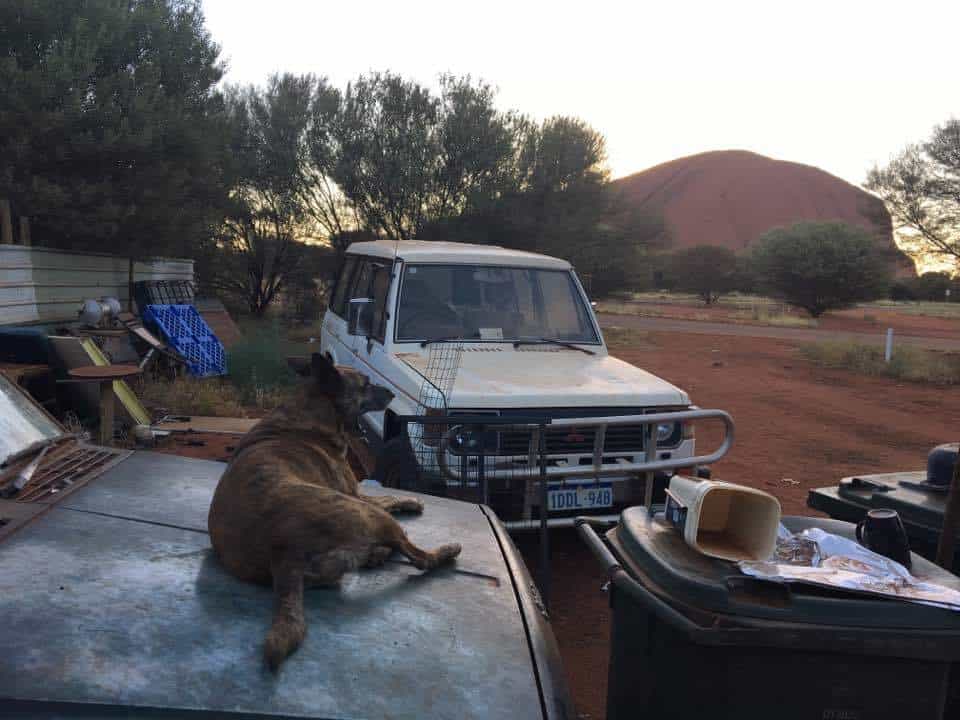
Display anti-social behaviours like urine spraying or mounting.
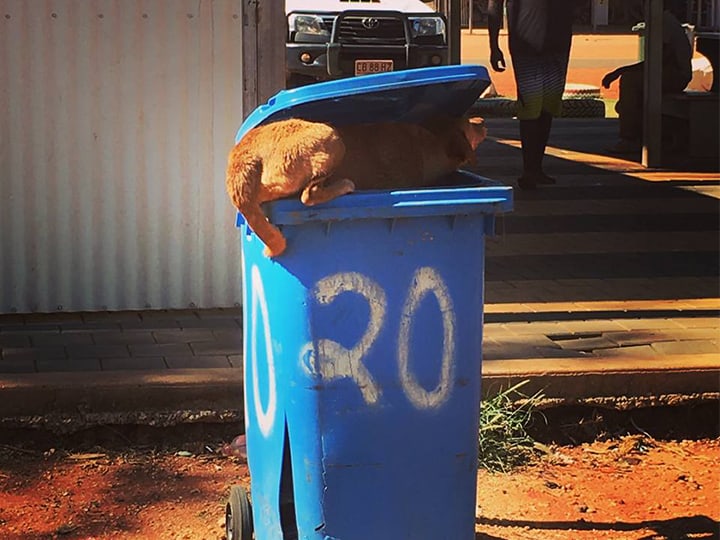
Scrounge for food at schools, shops and rubbish bins.
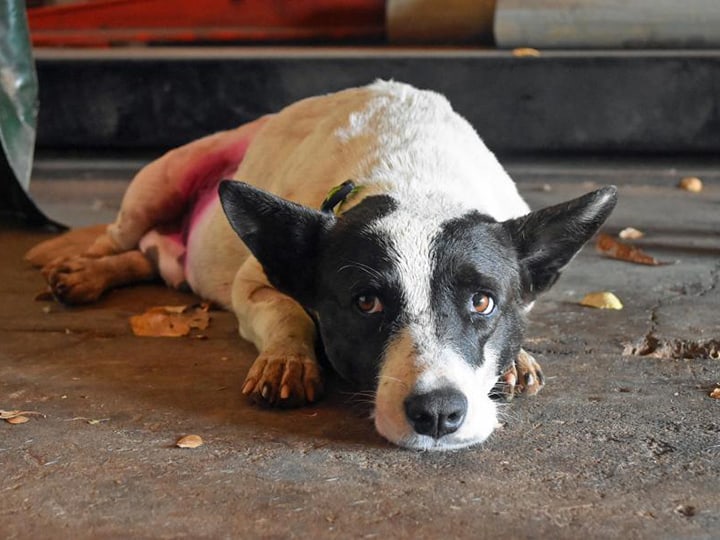
Develop reproductive and mammary cancers.
They are also cheaper to feed than a reproductively-entire (non-desexed) animal, as their energy requirements reduce after desexing.
AMRRIC recommends that within a community, 80% of the dog population and at least 90% of the cat population should be desexed. This accounts for differences in their reproductive capacity (i.e. their fecundity), in aiming for a stable population. AMRRIC encourages all remote community veterinary service providers to monitor and evaluate the impact of their programs.
We work with local stakeholders to conduct regular companion animal censuses to assess the proportion of desexed animals in the populations. It is an important component of a comprehensive animal management program. Regular monitoring of companion animal populations also enables informed and strategic planning for future programs. AMRRIC can assist veterinary service providers and community organisations with tools and training to undertake such censuses.
Get in touch to find out more about AMRRIC’s approach to humane companion animal population control.
Community-wide Parasite Control Programs
Dogs and cats can carry pathogens that can impact upon the health of people. Where animals and people are living in close proximity, there is a risk that parasites from animals can transfer to people. This contributes to both acute and chronic human health problems. If the animals are unhealthy and overpopulated, the risk of zoonotic parasite transfer increases.
Parasites that can transfer from animals to people include some intestinal worms as well as scabies mites, lice, fleas and ticks. For more information on zoonotic parasites, check out our resources.
Regular anti-parasite treatments are important for any pet – both for the pet’s health but also for reducing the risk of zoonotic disease transfer. As part of their remote community veterinary service delivery, AMRRIC Partner Vets deliver community-wide anti-parasite treatments. This improves animal health and reduce the risk of zoonotic disease transfer.
In some communities, the vet might train local community groups to deliver these important treatments. Some community stores provide appropriate products for treatments also. There are a variety of treatments available to target parasites of zoonotic concern. Get in touch for further information about anti-parasite treatment programs for your community.
Treatments For Animal Injury Or Illness
If there is an individual animal in your community that requires treatment for injury or illness, speak to your local council or environmental health team. They can provide you with information on who your regular veterinary service provider is.
If they are not due to visit the community any time soon, your regular veterinary service provider should be able to provide advice over the phone. If you have an animal welfare concern, then you should report it to the animal welfare authorities in your state or Territory. RSPCA Australia keeps an up-to-date list of who you should contact for your jurisdiction
It’s a fact of life that animals sometimes get sick or injured. Where there is limited access to veterinary services, injury or illness can result in considerable suffering of both animal and owner. AMRRIC recommends a minimum of two veterinary visits per year in each community and outstation.
Regular veterinary visits are essential in helping to minimise animal suffering as a result of illness or injury. Treating injured or sick pets during veterinary visits also helps to demonstrate the value of individual animals. Thus, enhancing community empathy toward dog and cat populations.